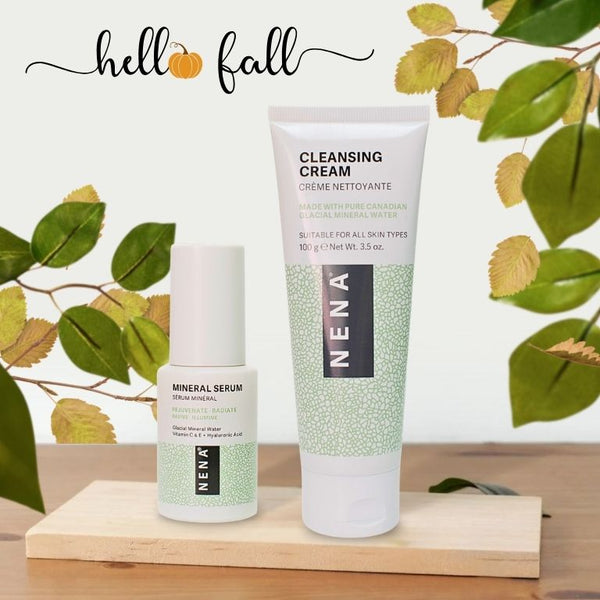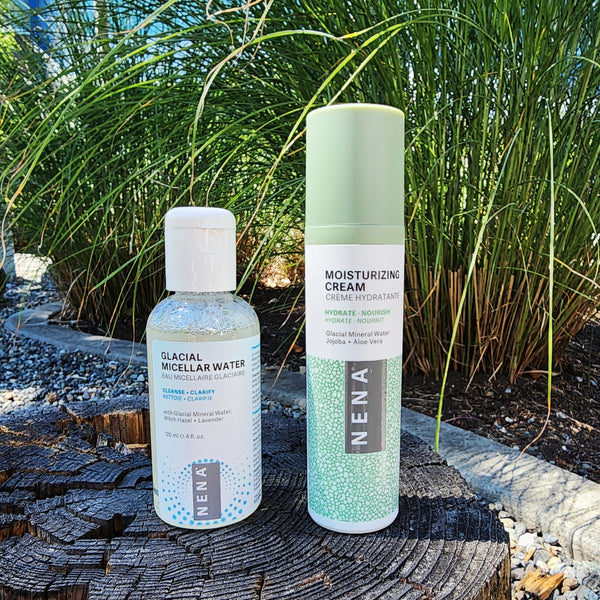5 sun protection myths


Exposure to sunlight – including both UVA and UVB rays – is associated with damage to skin cells and DNA and to advanced skin aging. Sunscreen helps protect against the negative effects of UVA and UVB rays. But there are a lot of misconceptions about when, where, and how often to wear sunscreen.
We’re here to help you debunk those myths and help you make the best skinscare choices when it comes to sun protection.

Myth #1: You only should wear sunscreen if you’re going outside.
False
You should consider wearing sunscreen, even while indoors. While UVB rays are blocked by glass, UVA rays, which may increase your risk of skin cancer, are not. If you spend a lot of time exposed to window-filtered sun (like during a car ride or if your desk is next to a window), you skin may still suffer the negative effects of sun exposure.
Myth #2: I can stay out in the sun longer if I wear a higher SPF
False
Regardless of SPF, sunscreen loses effectiveness over time. A higher SPF offers slightly more protection, but not a longer length of time for protection. Regardless of your product’s SPF rating, make sure to reapply sunscreen at least every two hours, or after swimming or sweating.
Myth #3: Only people with pale skin who easily burn need to wear sunscreen
False
Regardless of your skin tone, ethnicity, or complexion, no one is immune from the sun’s harmful UV rays. Although dark skin tones naturally produce more melanin to protect skin, it’s not enough to prevent the negative effects of sun exposure including skin cancer, wrinkles and photo-aging. The American Academy of Dermatology recommends that everyone, regardless of skin tone, wear sunscreen because “anyone can get skin cancer, regardless of age, gender or race.”
Myth #4: Mineral Sunscreen isn’t as effective as chemical sunscreen
False
In 2021, the Food and Drug Administration, which also governs sunscreen safety, proposed updates to sunscreen regulations. It found that only two ingredients, zinc oxide and titanium dioxide, could be classified as safe and effective, based on the currently available information.

photo by: @miss_kendrix
For NENA’s Mineral Sunscreen, we use these exact ingredients – titanium dioxide and zinc oxide – as the physical protectors against UV rays. By relying on physical blocking properties rather than chemical components, there’s also the added benefit that our sunscreen provides instant protection upon application, eliminating the need to wait for 20 minutes for it to take effect.
Myth #5: Skin cancer is easy to treat
False
According to the Cancer Council of Australia, skin cancer treatment can be much more serious than simply having a lesion taken off. It can include surgery, chemotherapy and/or permanent scarring. There is also the risk that skin cancer can spread to other parts of your body. As with most things, prevention is always better than cure.



